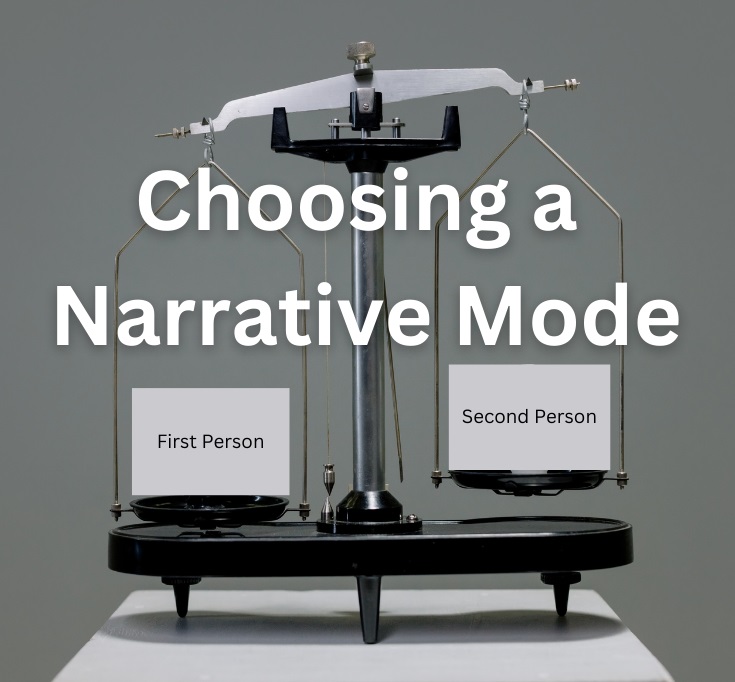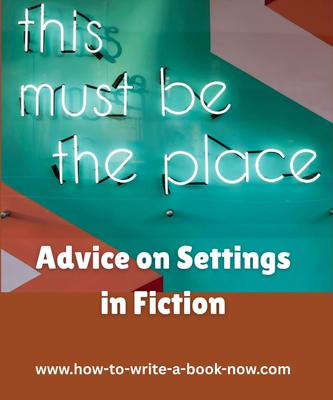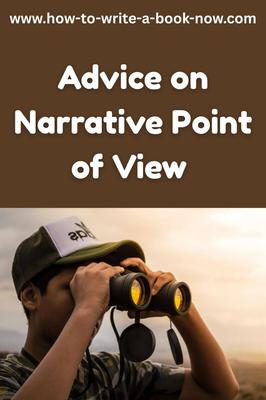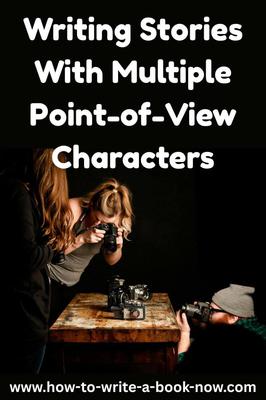Short Stories
by D.C.
(Utah)
Question: What is the best technique for writing short stories? I am never able to squish enough information into a short story to make it feel complete and interesting. Either it feels like a rushed novel, or a watered down scenario. If you know what I mean. I'm really trying to master this form of writing but it's really difficult.
Answer: Obviously, in a short story you have only limited space in which to convey something meaningful. Yet you must convey something meaningful - and that usually implies an event, a change that someone experiences, after which things are never the same.
You're quite correct that the trick is knowing where to place the limits, so that the reader doesn't feel you're trying to tell too much too briefly or leaving out too much.
Obviously, you will have to omit subplots and probably stick to one point of view character. But let's also look at how you might condense the main plot...
In a full-length work, the arc of the big change may be divided into four acts. An act contains a signpost or part of each of the four throughlines. And each signpost may be divided into a number of events.
In a short story, if you want explore all four throughlines, you can't explore them in the same depth. So each signpost may be only a single event rather than a sequence.
Alternatively, you may choose to explore one throughline in depth - either the overall, main character, impact character, or relationship throughline. But you will have to leave out some of the others entirely. This is often necessary for a very short story, as opposed to a novella.
Another approach is to only give the equivalent of act 3. Cut straight to the crisis and explain only what's needed for the reader to understand what is happening. This only work if you divide each of the signposts in this act (one per throughline) into its own beginning, complication, crisis, and resolution, so there is a complete story arc. The only difference is that the resolution will feel more like an ending rather than something that propels the reader into the final act.
What you don't want to do is give less than all four signposts for a given throughline (which would create a plot hole). Make sure every story arc you tell has all four stages or else leave it out entirely. At the same time, don't try to squeeze so much in that you have to resort to all telling and no showing. It's the showing that gives the reader a rich experience.
- Home
- Writing Questions
- Short Stories















